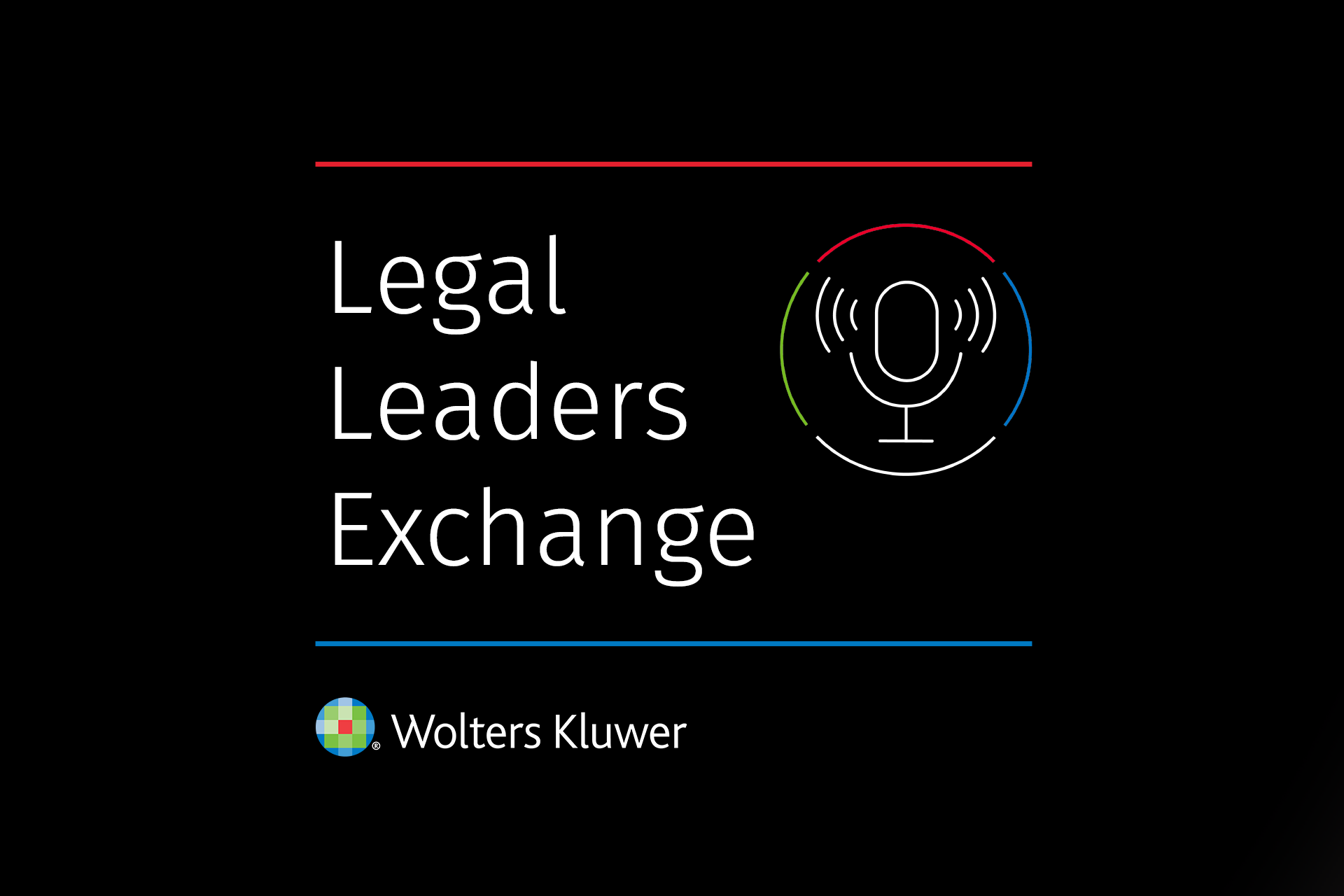By Jeetu Gupta, Head of AI and Data Science, Wolters Kluwer’s ELM Solutions
Generative AI, including ChatGPT, continues to be extremely popular, but many corporate legal departments (CLDs) remain unsure about how and when to use the technology in their organizations. This is partially because generative AI changes rapidly, and new updates often breed new concerns. When Google Gemini began generating historically inaccurate images, for instance, it demonstrated that, in the rush to develop an AI solution, even a huge company like Google can misstep.
On the flip side, though, generative AI is a transformative technology that holds enormous potential for the legal industry. Goldman Sachs estimates that AI can automate up to 44% of legal tasks—more than any other profession. This can make it a powerful tool for CLD staff to improve their productivity.
How can CLDs leverage generative AI today with minimal risk? Here are three practical and valuable applications for the legal industry.
1. Data management and analysis
Across the board, CLDs deal with more and more data each year. The areas of law that are growing the most quickly—regulatory law, litigation law, labor law, and M&A—involve particularly large amounts of data, ranging from large-scale due diligence to the review of a company’s financial information. Generative AI is extremely well-suited for summarizing and organizing large volumes of data, both structured and unstructured. By automatically generating tags and annotations, AI can supercharge document retrieval and organization.
This applies to organizational data as well, such as details on the status of matters or invoice activity. Data management is just the tip of the iceberg, though. Because generative models can rapidly process extensive legal datasets, it’s also a great tool for assessing risk and predicting case outcomes.
2. Research and reviews
Legal research is one of the most time-consuming components of a CLD staffer’s workload. Generative AI can help by sifting through large amounts of case law and regulations to provide relevant summaries and precedents. But a word of caution is required. At times, generative AI has been shown to confidently produce responses that cite incorrect or made-up laws—as was the case with a now-infamous legal brief created by ChatGPT that cited six fictional cases. The lawyers who submitted were fined $5,000.
Lawyers should learn from this mistake and follow guidance from the California bar on the ethical use of AI: “AI-generated outputs can be used as a starting point but must be carefully scrutinized” by experts in the field. At the same time, these roles can be reversed. If AI generates content, a human should review it. When humans generate content, including contracts, it can be reviewed by AI. Generative AI is particularly adept at extracting key clauses from contracts and identifying potential risks.
3. Customer service
Legal intake is another task that can be extremely time-consuming for lawyers. When AI-powered virtual assistants handle legal intake, scheduling, and the fielding of common legal questions, it frees lawyers to focus on higher-value work. Additionally, chatbots improve the customer experience by responding more quickly and offering 24/7 support.
Some legal departments are building internal chatbots as well, as proprietary AI doesn’t run the risk of leaking confidential client information. Whether it’s a chatbot for customers or attorneys, having a virtual sounding board can be extremely beneficial. But chatbots must also be used with care. It’s a good idea to mandate ethics courses for lawyers to ensure the technology is used properly.
The bottom line
Overall, generative AI has the potential to revolutionize various aspects of legal operations, from data management to research. It can sift through huge stacks of information far more quickly than a human, pulling out key insights, making predictions, and more. The technology isn’t one-size-fits-all, though; there’s no right way to apply it to a CLD’s workflows.
Additionally, it's essential to recognize that AI is imperfect and always changing. It must be used carefully and ethically. To ensure that’s the case, lawyers should be trained on the proper uses of AI, and a qualified legal professional should always remain in the loop.
Going forward, it will be exciting to see how use cases for generative AI in the legal industry evolve. But already, the technology has demonstrated tremendous value and potential for CLDs that know how to use it strategically and safely.





